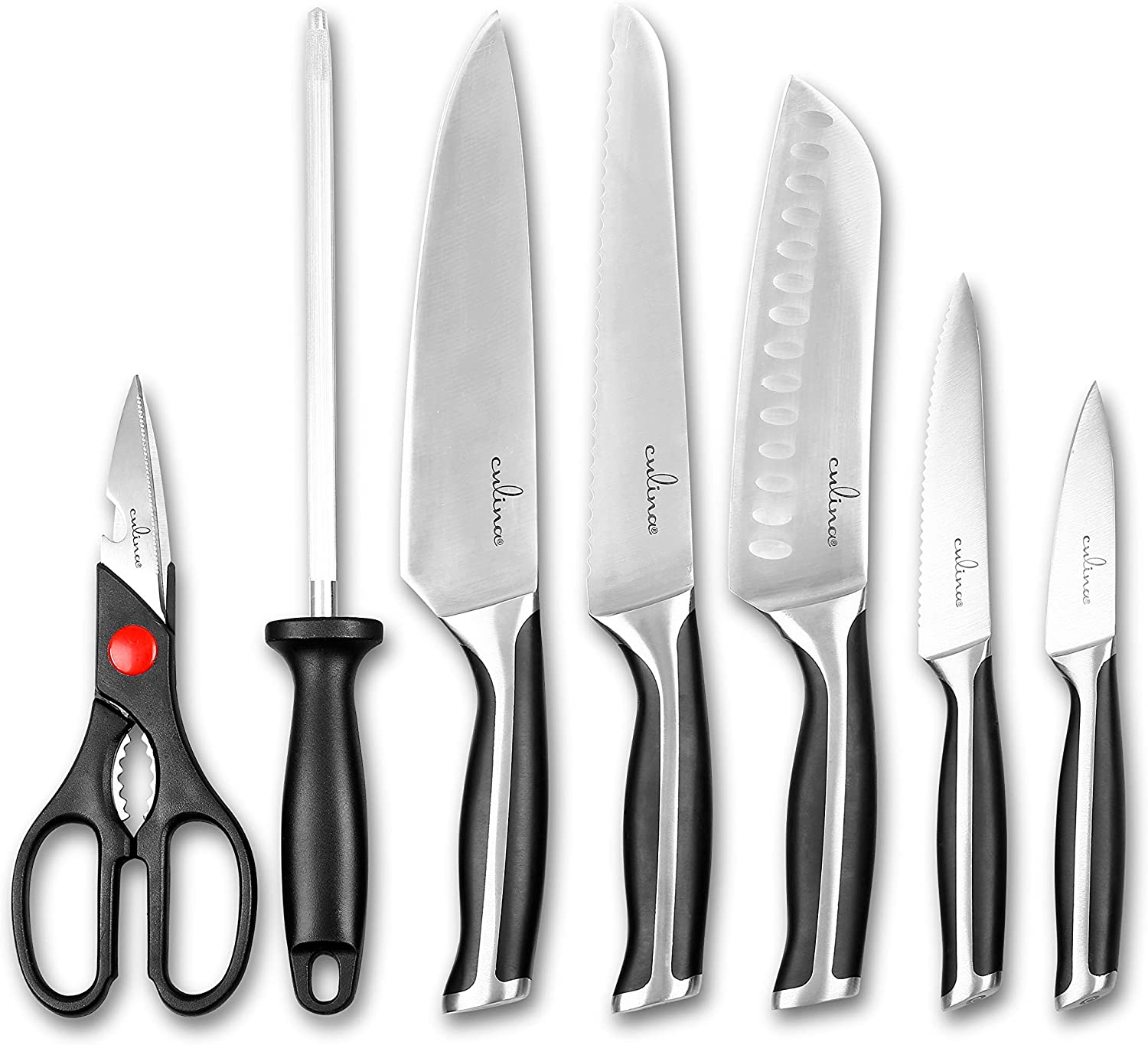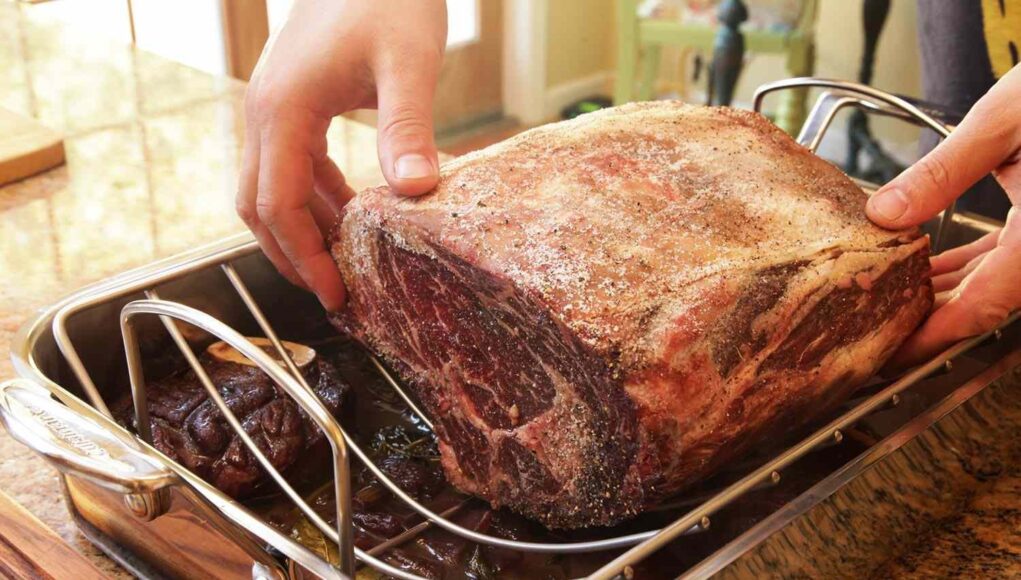Using a savory roasting pan can transform your cooking, especially if you love chicken. This delightful tool lets you make moist, flavorful, and perfectly roasted dishes effortlessly. Within this guide, you will get a deep dive into the art and science of how to use a savory roasting pan effectively.

What is a Savory Roasting Pan?
A savory roasting pan is a versatile kitchen tool designed for roasting meats, vegetables, and more. It includes a large, durable pan with high sides and often comes with a rack that keeps the food elevated. This setup helps in proper heat circulation, resulting in perfectly roasted items that are often juicy on the inside and crispy on the outside.

Essential Components of a Roasting Pan
The Pan
The main component is the pan itself, typically made from materials like stainless steel, aluminum, or cast iron. These materials offer excellent heat conduction, ensuring even cooking.
The Rack
The rack is another essential element, designed to elevate the meat, allowing fat and juices to drain away. This results in a healthier and more evenly cooked meal.
Drippings
The juices that drip down into the pan can be used to make a rich and flavorful gravy.

Choosing the Right Roasting Pan
Understanding how to use a savory roasting pan starts with choosing the right one. The size, material, and additional features should be considered.
Size Matters
The size of the pan should match your cooking needs. For example, a smaller pan may suffice for roasting a single chicken, but a larger pan will be necessary for bigger roasts or multiple items.
Material and Construction
Stainless steel and cast iron are excellent choices due to their heat-conductive properties, durability, and ease of cleaning.
Additional Features
Consider pans with additional features such as non-stick surfaces, dual handles, and lids. These features can significantly impact your cooking experience.
Preparing Your Roasting Pan
Seasoning the Pan
Before you start cooking, it’s useful to season your roasting pan. This process involves coating the pan’s surface with a thin layer of oil and heating it. Seasoning helps to prevent food from sticking and extends the pan’s lifespan.
Preheating
Preheating your roasting pan in the oven for a few minutes can ensure even cooking. This step is particularly crucial for achieving that superb crispy texture on the outside of meats.
Key Techniques for Using a Savory Roasting Pan
Roasting Vegetables
Lay the vegetables in a single layer on the roasting rack or directly in the pan. Drizzle with some olive oil, season with salt and herbs, and roast until they are golden and tender.
Roasting Poultry and Meat
Place the meat on the roasting rack. Use a meat thermometer to ensure that the internal temperature reaches the recommended safe levels for the type of meat you’re cooking.
Mastering Temperature Control
Low and Slow for Tenderness
Cooking at a lower temperature for a longer time can yield tender and flavorful results, especially for larger cuts of meat.
High Heat for Crispiness
For a crispy exterior, start at a high temperature, then reduce halfway through cooking. This technique works exceptionally well for poultry.
The Versatility of a Roasting Pan
The savory roasting pan is more than just a vessel for meat. You can use it for baking, broiling, braising, and even as a serving dish.
Using Pan Drippings for Gravy
The drippings that collect at the bottom of the pan are a goldmine of flavor. Pour them into a pot, add some flour and broth, and you have an incredibly rich and delicious gravy.
Cleaning and Maintenance
Post-Cooking Cleanup
Allow the roasting pan to cool down before cleaning. Wash it with warm, soapy water, using a non-abrasive scrubber to remove any stuck food.
Long-Term Care
Store your roasting pan in a dry place and avoid stacking heavy items on top of it to prevent damage.
Common Mistakes to Avoid
Overcrowding the Pan
Ensure there is enough space for air to circulate around the food. Overcrowding can lead to uneven cooking.
Skipping the Preheat
Always preheat your pan for the best results. A cold pan can cause food to cook unevenly.
Using the Wrong Rack
Choose a rack that fits well in your pan and is suitable for the type of food you’re cooking.
Optimizing the Cooking Process
Use of Meat Thermometer
A meat thermometer is crucial for ensuring your meat is cooked to safe and desired temperatures.
Resting the Meat
After removing your meat from the pan, let it rest for a few minutes. This step allows juices to redistribute, making the meat more tender and flavorful.
FAQs
How do I prevent my food from sticking to the pan?
Season your pan and always use a light coating of oil.
What is the best way to clean a roasting pan?
Use warm, soapy water and a non-abrasive scrubber. For stubborn stains, allow the pan to soak.
Can I use my roasting pan for baking?
Yes, roasting pans are incredibly versatile and can be used for baking, broiling, and more.
For additional cooking tips and techniques, please check this helpful guide on kitchen appliances.
Internal Links:
As an Amazon Associate, I earn from qualifying purchases.








